Could A Super-Earth World Around Barnard’s Star Be Home To Alien Life?
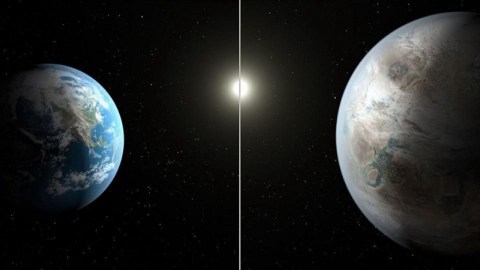
We know that life is possible on an Earth-like world around a Sun-like star. But can it find a way on a Super-Earth?
When it comes to the origin of life, we only have one example in the entire known Universe where we’re certain it’s successfully arisen: right here on Earth. Although we’re aware of many steps in the story of how life evolved and gave rise to the diversity of organisms we observe today and in the fossil record, some big mysteries remain. In particular, we don’t know how life first arose, and which ingredients and conditions from Earth’s early history were essential in that key step of creating life from non-life.
We assume that it’s smart to look for life on Earth-sized planets with Earth-like orbits around Sun-like stars with heavy element presences similar to our Solar System. But those might not be the only conditions which support life. In fact, Super-Earth worlds, despite their extraordinary differences from Earth-like worlds, might support life finding a way, too. And if so, there’s one right next door: around Barnard’s Star.
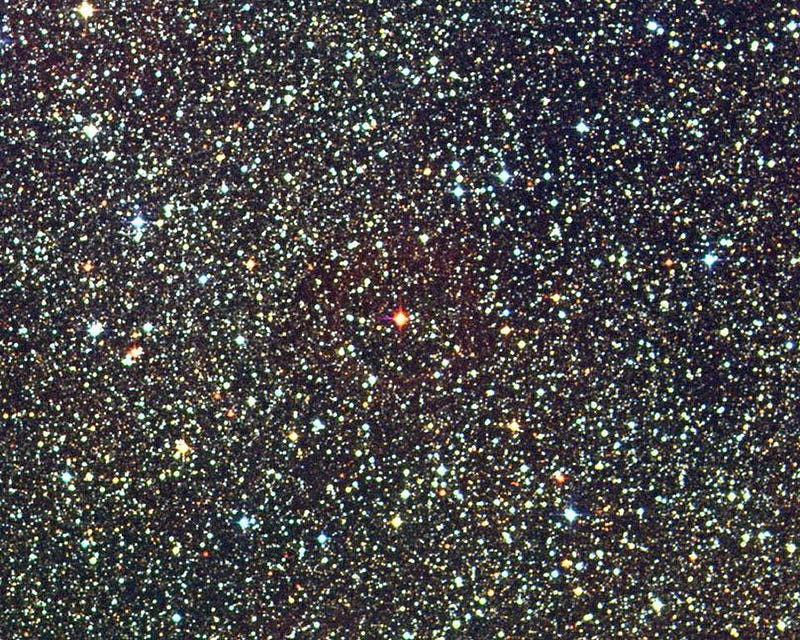
The nearest star system to our own is the Alpha Centauri system. Unlike our own star, however, Alpha Centauri is made up of three stars:
- Alpha Centauri A, which is a Sun-like (G-class) star,
- Alpha Centauri B, which is a little cooler and less massive (K-class), but orbits Alpha Centauri A at a distance of the gas giants in our Solar System, and
- Proxima Centauri, which is much cooler and less massive (M-class), and is known to have at least one Earth-sized planet.
But the most common type of planet in the Universe, as far as we know, is neither an Earth-sized planet nor a gas giant-sized planet, but an in-between size. As revealed by the Kepler mission, the most common type of world in the Universe is a super-Earth, between about 2 and 10 times the mass of our own planet.
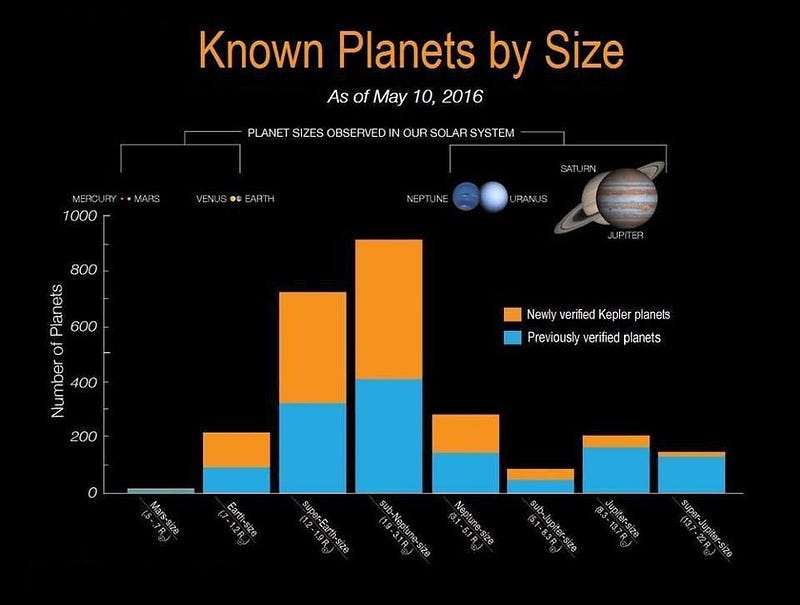
So far, we don’t know of any super-Earth-sized worlds around the nearest star system to us, but the second-closest system was newly-found to have one. At a distance of just six light years away, Barnard’s star has had its proper motion known since 1916. Back in the 1960s, it gained some temporary fame as the first star conjectured to have planets around it.
Working using a now-discredited technique, Peter van de Kamp (1960s-70s) claimed to have found two Jupiter-sized planets with orbital periods of 11 and 27 years, around it, which set off a firestorm of both excitement and criticism. Unfortunately, the data that gave rise to the suspected detection wasn’t due to a planet, but rather to the fact that the telescope being used to record the data had its optics changed. Half a century later, we know those planets were mere phantasms.
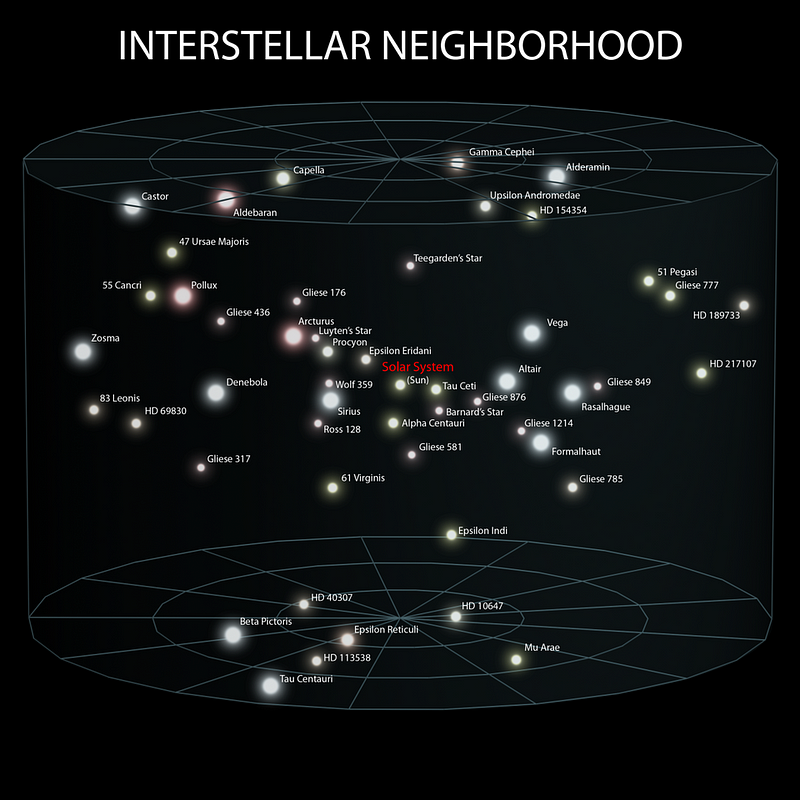
But Barnard’s star truly is home to a planet around it. Barnard b, announced in 2018, is robust and real, and its discovery arose from more than 20 years of observations that carefully monitored the motion of Barnard’s star itself. Over this very long baseline of time, we could detect the tiny wobbles of the star as it periodically moved towards and away from us, due to the minute tug of the planet on its parent star.
As reported by the discovery paper, Barnard b has the following properties:
- An orbital period (i.e., year) of 233 Earth days,
- A mean surface temperature of -168 °C (-270 °F),
- And a mass that’s at least 325% as large as Earth’s mass.
The biggest questions that we’ll find ourselves poised to answer in the very near future is exactly what this planet is like.
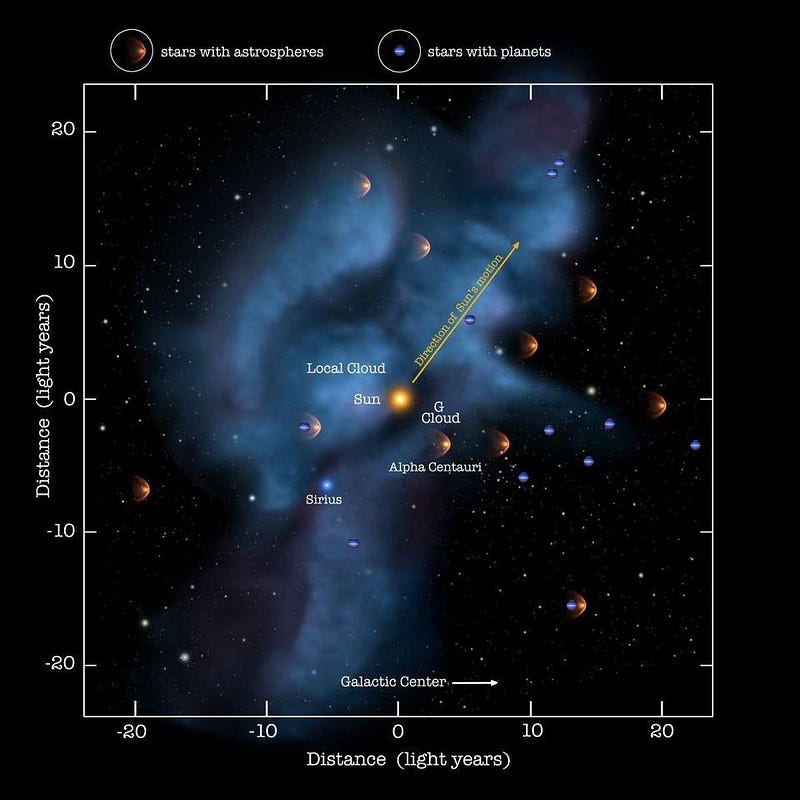
The most remarkable property of Barnard b is that, at its extremely close distance to Earth but its relatively large, Earth-like distance from its parent star, it will be well-separated from it in a telescope. Although an angular separation of 0.22″ (where 3600″, or arc-seconds, are in 1 degree) is extremely small under normal astronomical circumstances, it’s a tremendously large separation by exoplanet standards.
Most of the exoplanets found by Kepler have two things in common with one another:
- They’re orbiting stars hundreds or even thousands of light-years away from us.
- They have short periods, meaning they’re located very close to their parent stars.
In terms of angular separations, we have no practical chance of observing these planets, directly, with any current or near-future telescopes.
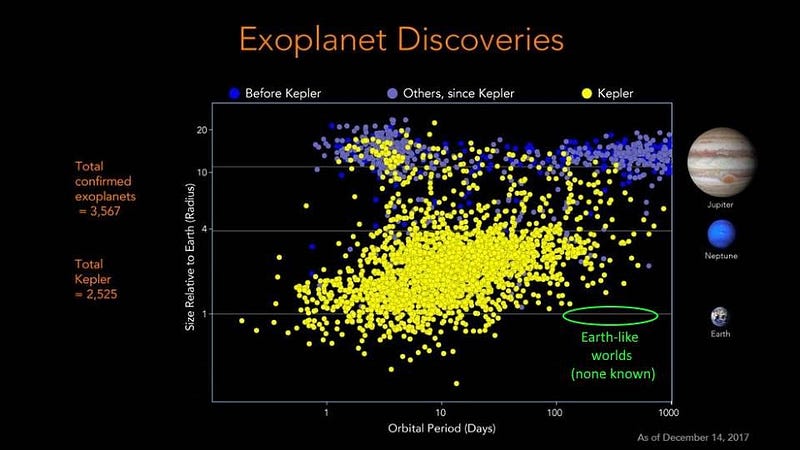
But Barnard b has a few things going for it that these other worlds don’t from an observational perspective. With a period of nearly a year, it’s one of the longer-period planets ever found. Since it’s orbiting a red dwarf while being a physically large size, it should be visible with only a coronagraph blocking out the star’s light. And, because it’s around one of the closest star systems conceivable, our upcoming telescopes should be able to image it directly.
This would be the first direct image of a possibly-inhabited world ever taken. If it’s a rocky world only a little bit larger than Earth — and with approximately 3.25 Earth masses, that may be possible — the imaging capabilities of NASA’s James Webb Space Telescope or the 30-meter class telescopes being built here on Earth like GMT or ELT should nab it. If it’s more like a mini-Neptune, with 450% the size of Earth (or more), the existing VLT with the SPHERE instrument could get it today.
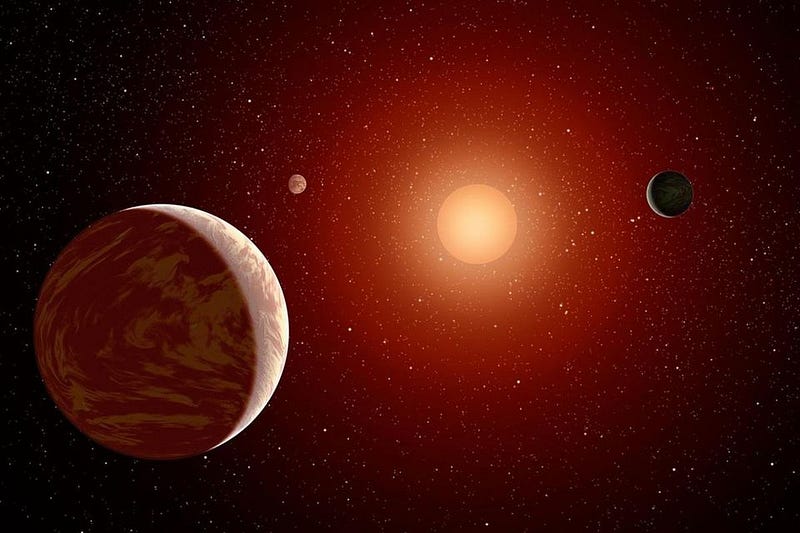
Compared to Earth, it only receives 2% of the amount of energy from its star that we get, which explains the expected cold temperatures of Barnard b. But the whole reason we think life on an Earth-sized world in a more temperature-friendly zone around a red dwarf star is no good is because a world like Proxima b receives far too much X-ray and ultraviolet radiation to even maintain an atmosphere, much less remain life-friendly.
Sure, Proxima b gets 65% of the energy from its star that we receive from ours on Earth, but it receives 650 times the irradiation we do from solar X-rays and 130 times the ultraviolet radiation. By comparison, though, Barnard b receives 50% of the X-ray energy and 35% of the ultraviolet energy. If it has a hot core and a significant enough enhancement of geothermal energy, particularly via plumes, vents, and a subsurface ocean, Barnard b may house life after all.
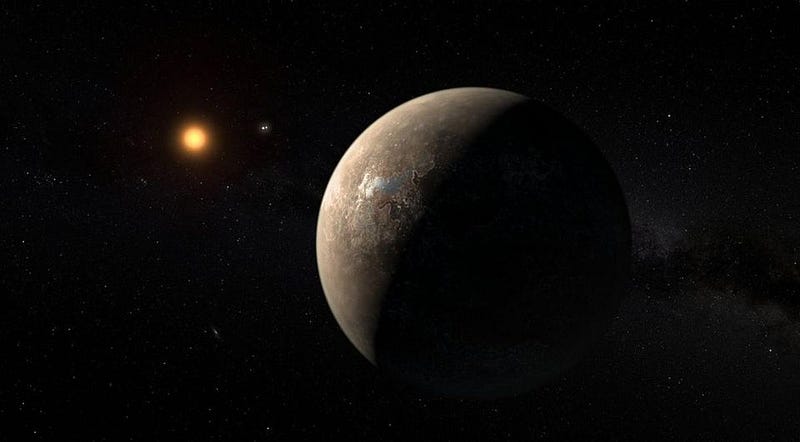
Based on a study that was done a few years ago that classified exoplanets based on both mass and radius (where both were available), we were able to determine that there is a rough cutoff at around 2 Earth masses that defines the border between rocky planet and planets with a large gas envelope. At 3.25 (or more) Earth masses, coupled with low temperatures, Barnard b is almost certainly a mini-Neptune.

Barnard’s star, and any planets surrounding it, are old. Whereas our Sun is around 4.5 billion years old, this system has an estimated age of 8.6 billion years: nearly twice as old as our Solar System. There has only been one planet discovered whose signal has risen above the noise: Barnard b, which could potentially be directly imaged with the next generation of space-based and ground-based telescopes.
Although there is little danger that it will have lost its atmosphere, its surface water, or be sterilized by its parent star’s X-ray and ultraviolet radiation, it is likely to harbor too thick of an atmosphere to support life. Although it may be geothermally active and have large amounts of volatiles beneath that atmosphere, it would take quite a surprise for this world to be rocky in nature.
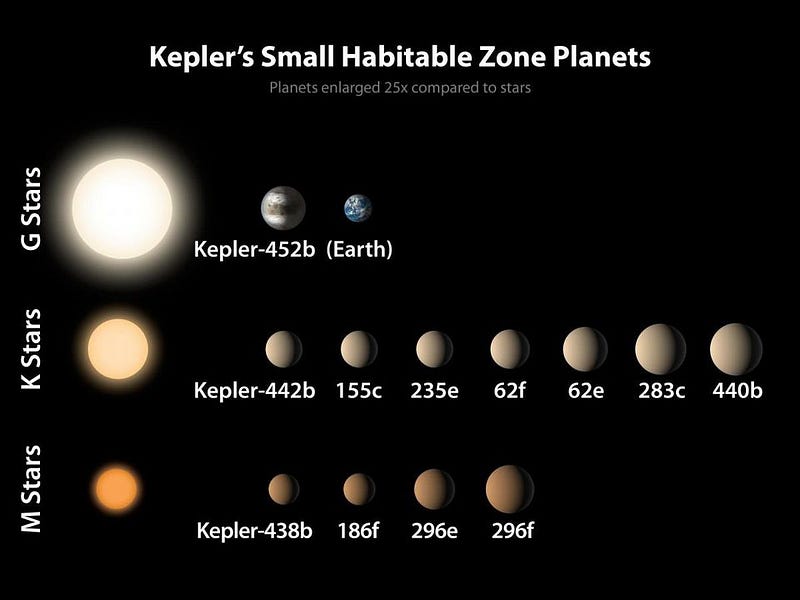
Still, there are great things to be learned in the coming years by looking at it. We have never done spectroscopy on a world like this, nor have we directly imaged an exoplanet so close to our own Solar System before. With the discovery of Barnard b, we are well-positioned to look for signatures of life, Earth-like conditions, and to measure the chemical composition of its atmosphere.
If we’re looking for life, another intriguing possibility exists: there may be lower-mass planets interior to Barnard b, whose signals have not yet risen above the noise in the radial velocity data. When the James Webb Space Telescope launches, or when 30-meter class telescopes come online, we may get more than just images and information about Barnard b. We may yet uncover entirely new worlds in that star system. Each planet carries with it a new chance for life. As always, the only way we’ll ever find out is to look, and see what nature is waiting for us to discover.
Ethan Siegel is the author of Beyond the Galaxy and Treknology. You can pre-order his third book, currently in development: the Encyclopaedia Cosmologica.





